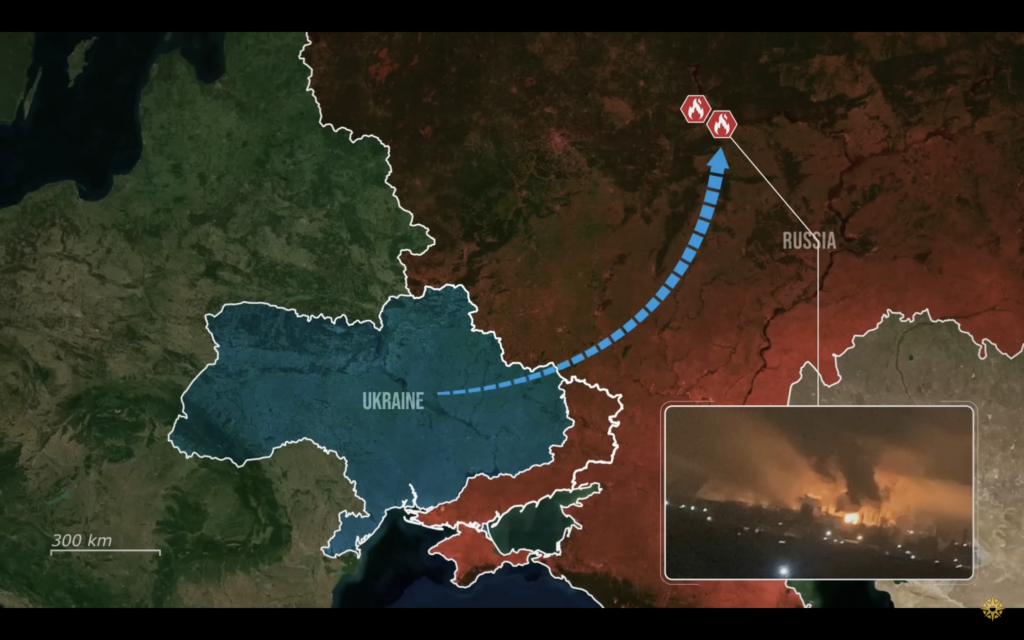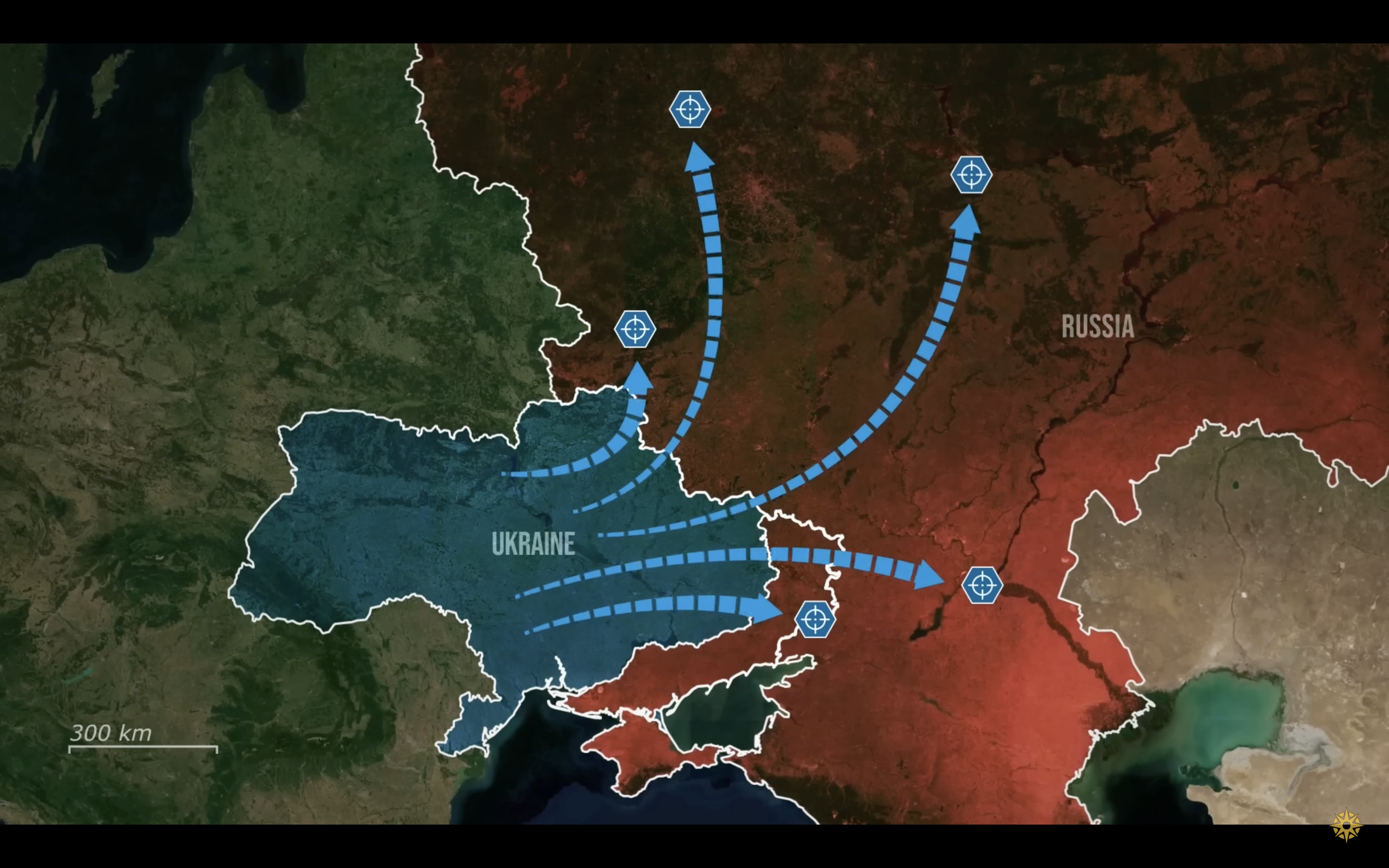Today, there is important news from the Russian Federation.
Here, Ukraine has significantly ramped up its drone strike campaign against Russia’s oil infrastructure, strategically targeting refineries, pumping stations, and export facilities. This ongoing effort serves as Ukraine’s form of economic sanctions, complementing Western-imposed restrictions on Russian energy exports.
The first attack hit Russia’s fourth-largest oil refinery located in Kstovo, Nizhny Novgorod Oblast. Capable of processing up to 17 million tons of fuel per year, this refinery supplies fuel to the Russian military. Ukrainian drones ignited a massive fire shortly after, marking the second attack on this key facility.
Soon after, Ukrainian forces struck the Lukoil refinery in Volgograd, another major fuel producer processing 14 million tons of oil annually.
The pattern is clear, Ukraine is systematically crippling Russia’s energy sector, making it increasingly difficult to sustain military operations, striking the largest refineries one by one.

Another successful attack hit the Novozybkov oil pumping station in Bryansk. Ukrainian forces used a drone carrying a Soviet FAB-250 bomb, and HIMARS strikes to set the facility ablaze. This station is part of the Druzhba pipeline, one of Russia’s main export routes to Europe. Ukrainian forces have repeatedly targeted it, further highlighting their intent to permanently disrupt Russian energy exports.
Next, in a major blow to Russia’s refining capabilities, Ukrainian strikes have now forced the Novoshakhtinsk oil refinery in Rostov Oblast to shut down entirely. After sustaining repeated drone attacks, the plant, which had a processing capacity of 7.5 million tons per year, ceased operations completely due to equipment damage. This further deepens Russia’s fuel shortages, both for domestic use and military operations.
One of the most audacious attacks was the disruption of oil flows through Russia’s Ust-Luga port. This critical export hub handles 20% of Russia’s seaborne crude exports, making its temporary shutdown a significant economic setback for Moscow. The strike on a pumping station in the port caused a halt in operations, demonstrating Ukraine’s ability to strike deep into Russian territory and disrupt its global oil trade.

Ukraine’s drone strikes serve a dual purpose, damaging the economy while simultaneously undermining the war effort, as Russia heavily relies on oil revenues to fund its military, and these targeted attacks are forcing it to divert resources toward repairing damaged infrastructure rather than supporting its war machine.
The destruction of refineries and pumping stations also makes it harder to supply fuel for tanks, armored vehicles, and aircraft, directly affecting battlefield operations.
Ukraine’s growing success in striking strategic Russian targets is due to its continued destruction of Russian air defenses. A recent example is the Ukrainian drone drop that destroyed a Russian TOR air defense system, highlighting the ability to neutralize key defensive assets through different creative means. The serial degradation of Russian air defenses has made it significantly easier for Ukrainian drones to penetrate deep into Russian territory and strike valuable targets.

Trending Now
In addition to targeting oil infrastructure, Ukraine continues long-range precision strikes against Russian military facilities by, for example, another repeated drone strike on an artillery arsenal in Tver, which resulted in a large explosion, damaging not only the ammunition depot but also an oil pumping station in the area.
The next strike was against the Olenya Airbase in Murmansk, home to Russian strategic bombers often used in missile strikes on Ukraine, which showcased the ability to threaten key Russian military assets even at such long distances. While the full results remain unclear for now, such strikes reinforce that no Russian military asset is safe.
Overall, while individual strikes alone might not cripple Russia’s economy, the sheer volume and value of the targets hit are making a tangible impact.
With over 25 successful attacks on Russian strategic assets in the deep rear in January, Ukraine has demonstrated that it can inflict sustained economic damage on Russia, reducing its oil exports and disrupting fuel supplies to the battlefield.
The shutdown of the Novoshakhtinsk refinery and the pause in oil flows through Ust-Luga are clear indicators that Ukraine’s drone strike campaign is working. By persistently targeting Russia’s critical infrastructure, Ukraine is not only weakening the enemy’s ability to sustain its war but also reinforcing the message that it can strike anywhere, at any time.
In our regular frontline report, we pair up with the military blogger Reporting from Ukraine to keep you informed about what is happening on the battlefield in the Russo-Ukrainian war.

